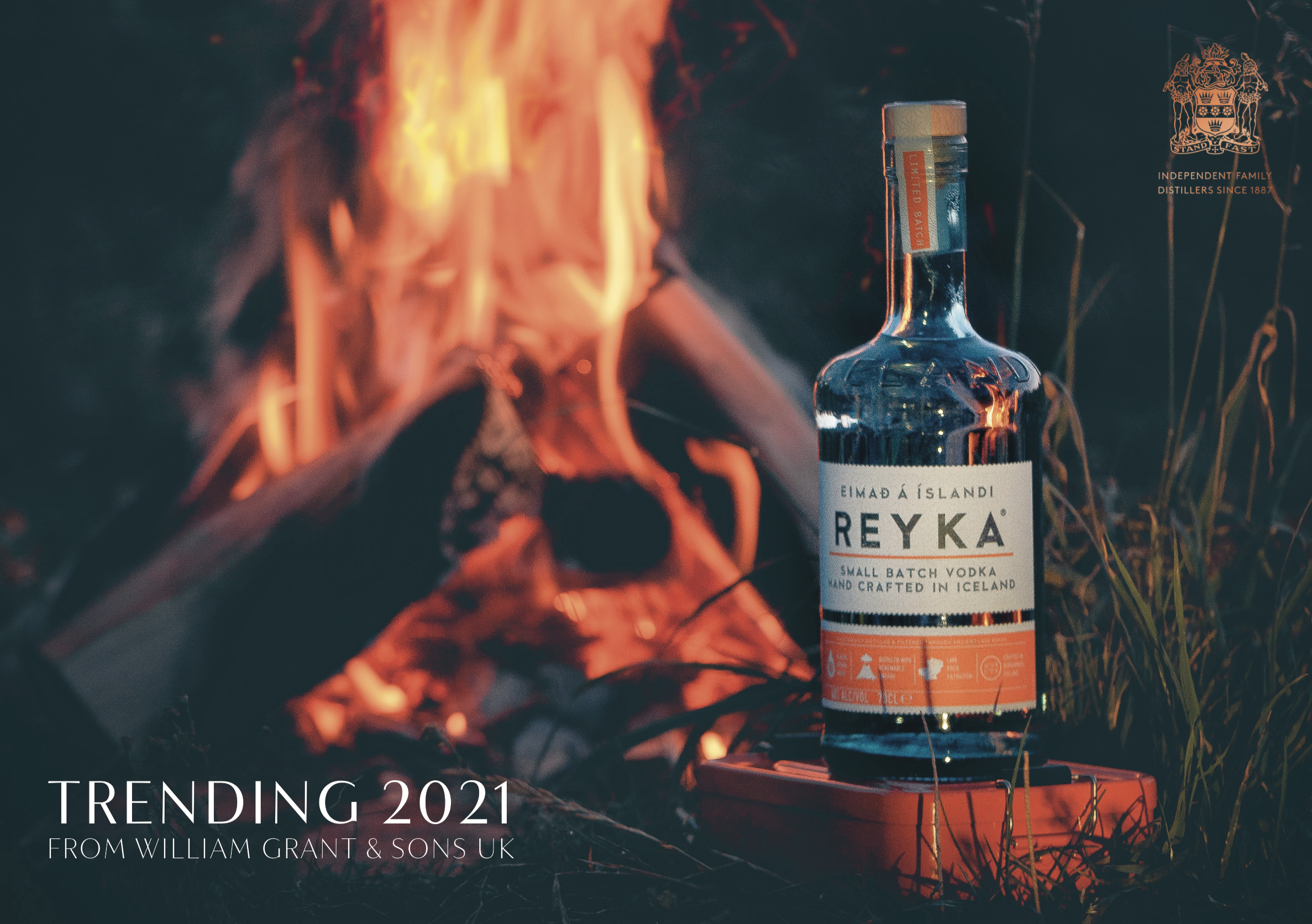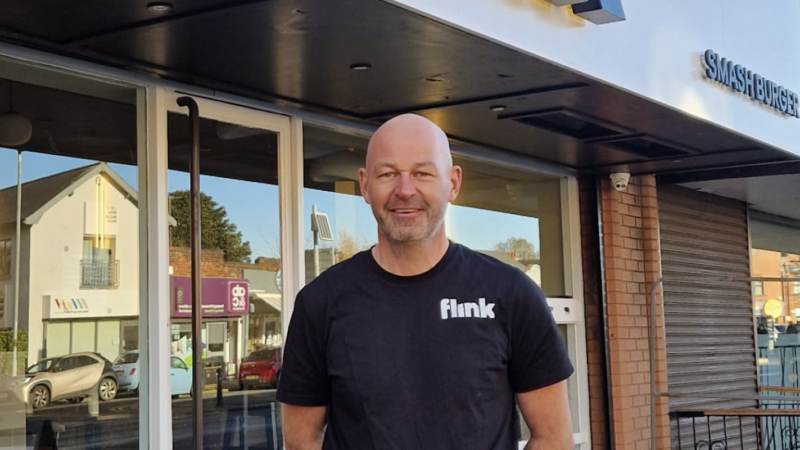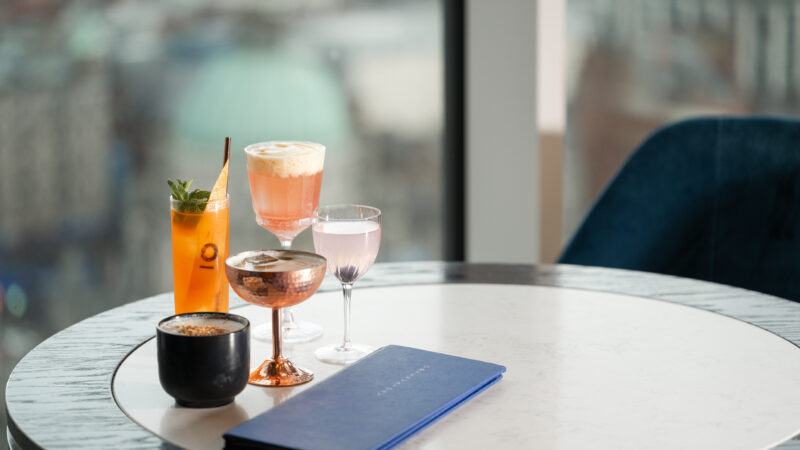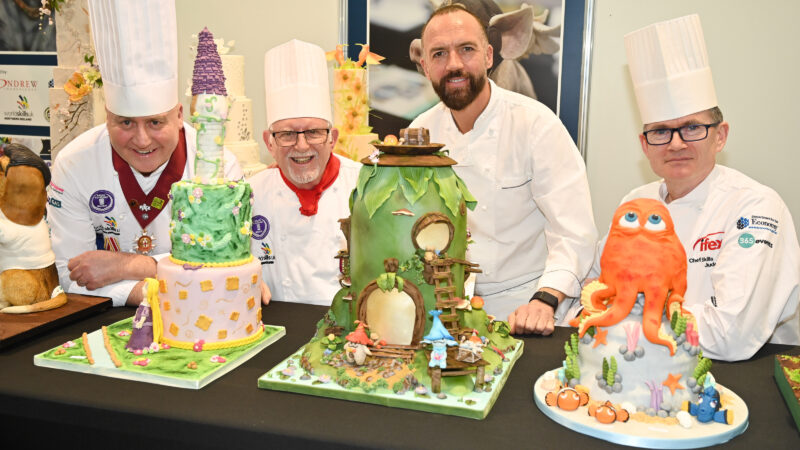Covid caused luxury brands to be ‘more accessible’, says William Grant report

The latest William Grant & Sons Trending 2021 Report reveals accelerated shift in luxury consumption, with consumers on and offline habits, as well as brand accessibility decentralising luxury brands – making them more accessible than ever before
The pandemic has caused an accelerated shift in consumer habits and brand activity, driving a decentralisation of luxury and making it irrevocably accessible to consumers.
Indulgences
Despite a recession in consumer spending caused by the covid-19 pandemic, patterns revealed within the William Grant & Sons Trending 2021 Report indicate a widespread adoption of elevated brand experiences and considered indulgences.
Data indicates radical shifts in routine and work patterns, decreased social spheres, and the increased adoption of ‘local’ values has resulted in trends towards individualised luxury experiences with an infinitely extended reach.
Perceived ‘exclusivity’
For centuries, the value of luxury has been in its perceived exclusivity, both in price and location. However, the latest consumer insight and market analysis from the premium spirits leader shows the rapid manifestation of luxury sub-trends including:
Meaningful connections for consumers:
As traditionally metropolitan luxury consumers have retreated to the countryside due to lockdown, so their social circles and spheres of influence have shrunk to a community level. With the number of social interactions available greatly diminished, the limited time spent with friends and neighbours within these shrunken spheres has become incredibly valuable.
This has accelerated the home premium category, as consumers aim to replicate the luxury experience in their own homes within the constraints of lockdown measures.
Conscious living choices based on freedom and comfort:
With shrunken social circles and spheres of influence, many luxury consumers are reverting to ‘the local’ – their local community and businesses, their local friends and neighbours.
We identified in 2018 the ‘active-ist’ consumer and have documented since the rise of a more conscious, community-minded luxury consumer.
When presented with the opportunity to practice what they have preached regarding the environment, sustainability, community values and an urge to buy small or local, consumers faced with a pandemic have done just that.
A rise in ‘local heroes’ and a sense of collective responsibility inadvertently levelling up non-urban centres by keeping wealth circulating within local communities.
Individualised, immersive and innovative digital experiences:
Luxury consumers, while craving normality, are prioritising their health and are unlikely to rush back to cities in any meaningful way until it is deemed safe to do so.
The value of providing shareable, virtual experiences for luxury consumers to enjoy within their communities cannot be overstated.
With many seeking to replicate the luxury experience within their communities, brands providing the infrastructure, products, and entertainment to do so easily adds considerable value to consumer’s lives.
Likewise, devoid of the opportunity to reach these consumers in cities, providing branded experiences will help to plug this gap by ensuring a brand’s presence is felt at a local, community level.
Self-actualisation influencing long-term shifts in purchasing decisions:
Covid has been a leveller of sorts; a shared experience with a democratising effect. Regardless of pre-existing social structures, we are all subject to the same rules and restrictions.
This has given cause for introspection to many – with fewer chance encounters, shrunken social circles, and plenty of time to one’s self, many have got in touch with ‘who they are’.
Facilitated and accelerated by social media, purchase habits reflect this change – no longer necessarily a reflection of what one can afford, consumers are increasingly seeking products that reflect who they perceive themselves to be. Luxury personalisation is a trend that grows more pertinent every year.
Trending 2021 – 5 key themes
Trending 2021 uncovers how the behaviours of today’s consumers are changing, as more consumers are investing with brands who mirror their own values, proving that brands are needing to work even harder to gain the trust of consumers. The report has identified five key themes that represent these changing human behviours:
- My Identity: from heightened awareness of the extrinsic value of identity and humanity in 2020 to identities becoming increasingly varied, as people are finding more creative ways to showcase their different identities;
- My Health: from a more holistic understanding and management of wellbeing last year to not only management of consumers bodies but also their surrounding ecosystems to achieve their health goals this year;
- My Experiences: from intentional investment in shareable, immersive experiences to the choice of higher vs lower tempo occasions, depending on time, context and social settings to better themselves and the wider society;
- My Expectations: from service and innovation as new markers of luxury to the continuing of higher expectations across all categories as devices become ‘smarter’ and data allows companies to provide convenience like never before: at-home, out of home and on-the-go;
- My Values: from brand alignment with consumer values being imperative for businesses to a more purposeful consumer, being increasingly conscious with every decision they make. Consumers are continuing to look for brands who mirror their values and therefore brands are having to work even harder to gain consumer trust. It’s no longer enough to just talk about having a Purpose, consumers are scrutinising a brands’ every move all the way through the supply chain.
Neil Barker, managing director, William Grant & Sons UK and Ireland, said:
“The decentralisation of luxury consumers – this devolution from our wealthy urban centres to the areas around them – truly represents a coming of age for the active-ist consumer. Presented with the opportunity to be more community focussed, more environmentally savvy and conscious of their place in the world, people have done so with remarkable zeal.
“One can’t help but think that this is a positive step in the right direction for people and the planet. But it does present a set of unique challenges for luxury brands. Many of the strings on our bow have been snipped due to the pandemic. Reaching off-trade consumers where they once were has become a futile endeavour. Understanding that this renewed sense of purpose, place and community is here to stay will change the way many luxury brands have always acted.
“To find their place within local communities brands need to be invited to do so. They need to add value to people’s lives and experiences in a way that is both natural and personal, understanding of their values, and providing entertainment and laughter during these tough times.
The Report also provides an in-depth analysis of key spirits categories and performance across the on and off-trade, with key market findings including:
- The GB beer, wine and spirits (BWS) sector is worth £37.2 billion, down -35.4%.
- The top five spirits category by value are:
- Non-Flavoured Vodka, Non-Flavoured Gin, Blended Scotch, Flavoured Gin and Non-Cream Liqueurs.
- The spirits section is worth £9.9 billion, down -16.0% driven by lockdown and the closure of bars and restaurants between April and July.
- However this hasn’t stopped consumers shifting their alcohol spend to the off-trade (including retailers, supermarkets and convenience stores)
- Total Spirits in the off-trade is now worth £5.3 billion, an increase of 12.0%
- Premium Spirits account for 7.3% of value growth in the off-trade, adding £41.5 million to the category
- Categories seeing strong value growth in the off-trade include flavoured categories: Flavoured Vodka (+22%), Flavoured Gin (+32%) and Flavoured/Spiced Rum (+36%)
- As well as other emerging categories including Tequila (+45%), Irish Whiskey (+25%) and Low/No Alcohol Spirits (+26%).







